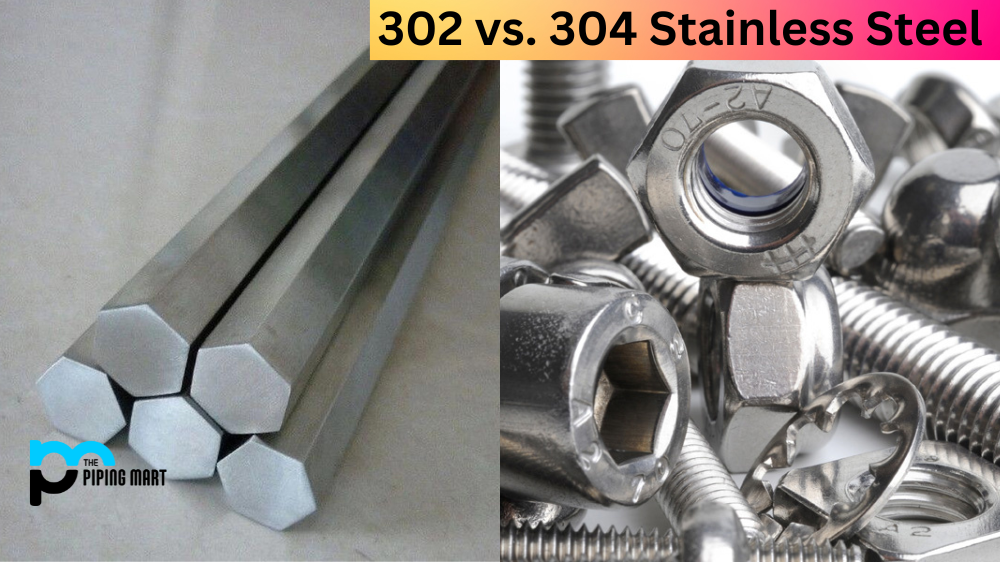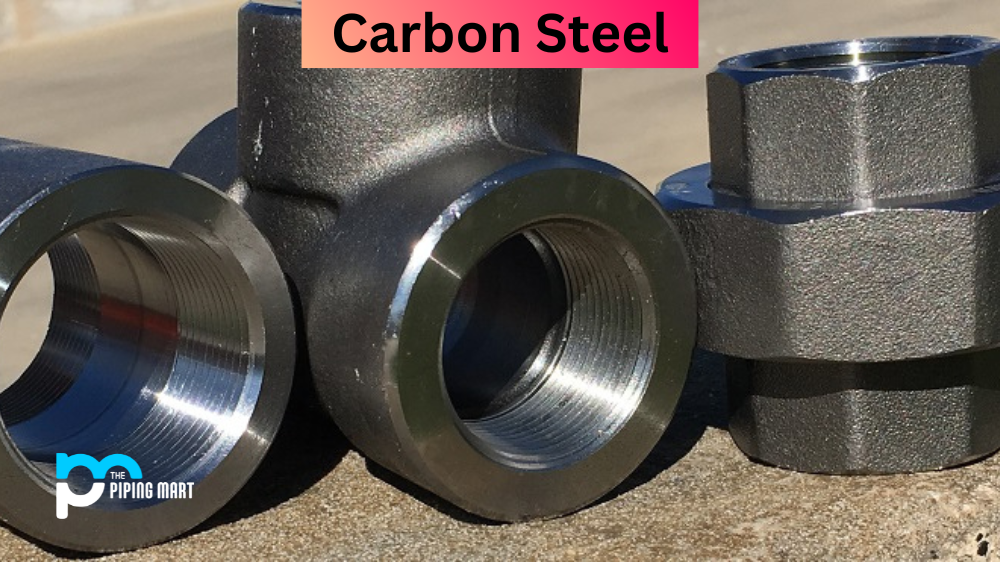Stainless steel is a popular material for construction because it’s strong, durable, and rust-resistant. But not all stainless steel is created equal. There are two main types of stainless steel—302 and 304—and understanding the differences between them can help you make an informed decision when deciding which type to use in your project.
Strength and Durability
302 stainless steel is stronger than 301 stainless steel but with less corrosion resistance. It has impressive tensile strength and can withstand extreme temperatures up to 2100°F (1148°C). This makes it ideal for applications that require high-temperature performance, such as exhaust systems and ovens. It’s also more resistant to heat treatments than other types of stainless steel, so it doesn’t warp or crack easily.
304 stainless steel is lower in strength than 302 stainless steel but offers better corrosion resistance. It has good weldability and formability and can withstand temperatures up to 1900°F (1038°C). This makes it well-suited for outdoor applications where exposure to harsh weather conditions is likely. Additionally, 304 stainless steel doesn’t require frequent maintenance like other materials do, making it a low-maintenance choice for projects that don’t require frequent cleaning or polishing.
302 vs. 304 Stainless Steel Price
When considering 302 vs 304 stainless steel in terms of cost, there isn’t much difference between the two metals—they both cost around the same amount per pound. However, 302 stainless steel may be slightly more expensive due to its higher tensile strength and higher corrosion resistance compared to 304 stainless steel. Additionally, some suppliers may charge more for one material over another, depending on their inventory levels at any given time. So be sure to ask about pricing when you order either type of metal from a supplier or retailer.
302 vs 304 stainless steel corrosion
When it comes to corrosion resistance abilities, both 302 and 304 stainless steel offer similar levels of protection. But when looked at from a chemical composition perspective, the two metals differ dramatically. Type 302 contains 17% chromium and a higher level of carbon than type 304, resulting in lower corrosion resistance overall. While type 304 contains 18% chromium and 8-10.5% nickel, allowing it to better resist the elements. Additionally, type 304 stainless steel is much more resistant to weathering, resulting in a longer life span and even greater reliability around corrosive environments. Therefore it can be seen that Type 304 is indeed generally more effective against traditional forms of corrosion than Type 302 stainless steel.
Conclusion:
When choosing between 302 vs 304 stainless steel for your project, consider the application requirements first before weighing cost differences into your decision-making process. Both types offer excellent strength and durability while being easy to maintain over time—but if you need superior corrosion resistance or high-temperature performance, then 302 may be the better choice over 304 since it offers better protection against those elements than its counterpart does. Ultimately, determining which material will work best for your project depends on what type of performance characteristics you need from your end product and whether or not you have any budget constraints that could limit your options when selecting materials. Armed with this knowledge, you can make an informed decision when choosing between these two popular types of stainless steel!

Meet Bhavesh, a seasoned blogger with a wealth of knowledge and experience. From metal products manufacturing to retail, Bhavesh has a diverse background in various industries and is dedicated to sharing his insights and expertise with readers.




